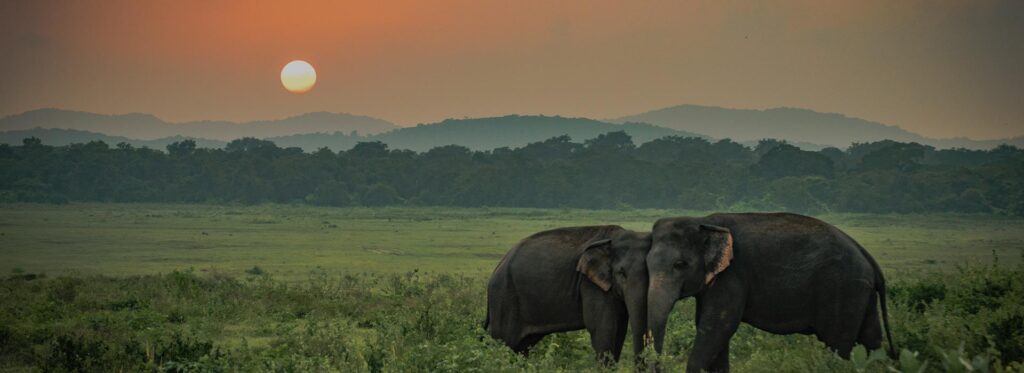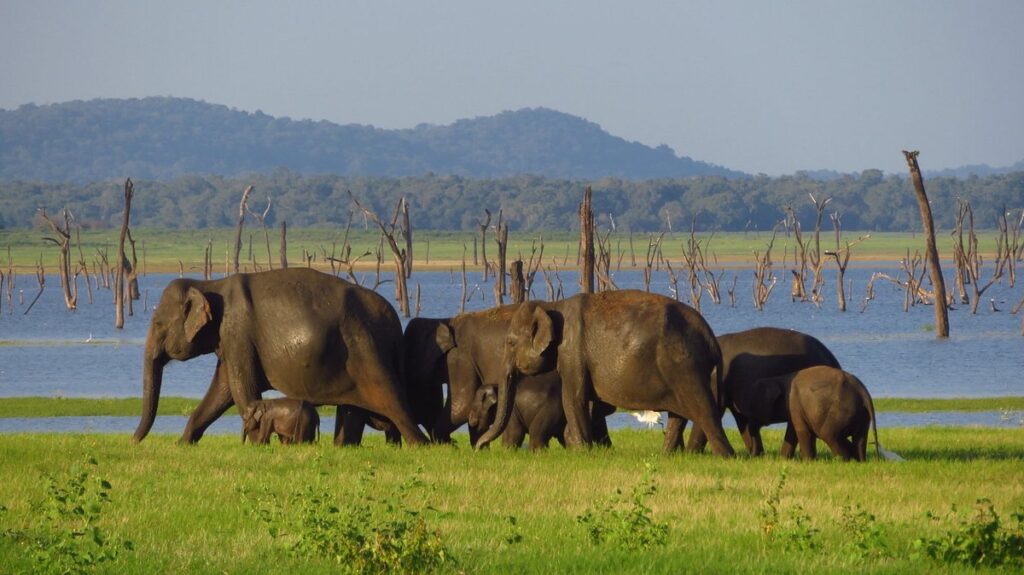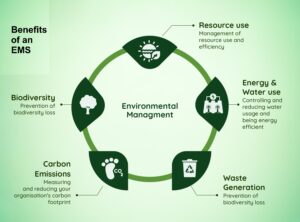
We are delighted to announce that the ‘Elephant Gathering’ in Sri Lanka – a major attraction for wildlife enthusiasts – is now happening again in Minneriya National Park, after a lapse of some years. Popular among both national and international tourists, this annual gathering, usually occurring from July to October, sees smaller elephant herds from surrounding habitats congregate at Minneriya and Kaudulla National Parks. This congregation, fuelled by the diminishing water and food resources in other areas, provides a spectacular sight as the elephants socialise, bathe, drink, feed and potentially find mates. Recognised as the sixth-largest animal gathering globally by Lonely Planet and acclaimed by BBC and CNN Travel, this natural phenomenon offers visitors a unique and memorable experience.
The Minneriya Tank or reservoir is situated in the North Central province. This huge, ancient, man-made reservoir covering 1890 hectares (4670 acres), was constructed by King Mahasen in the 3rd century AD. This reservoir fills up during the North-East monsoon. As the rains cease and the dry season begins, the drought takes its toll, and the water in the reservoir starts to dry up. Although the reservoir shrinks dramatically, it never really runs dry. As the water recedes, it leaves behind fertile, moist soil, where lush grass quickly sprouts. This provides elephants with excellent and much sort-after nutritious food.
The Moragahakanda/Kalu-Ganga irrigation project was originally to supply water through a 24 km pipeline to the Hurulu Oya tank, and then distribute the water from there, to farmers in the North-Central province. Due to delays in completing the pipeline, it was decided a few years ago to divert the water to the Minneriya tank. Though many representations were made to the Government warning of the calamity that would befall the Gathering, the project was commissioned in 2018.
Since then, the discharge of water into the Minneriya tank completely changed the natural rise and fall of water levels – consequently disrupting the gathering of wild elephants. “There is scientific and anecdotal evidence that very young calves were seen to be dying of malnutrition in Minneriya. Many adult elephants were in an emaciated condition due to poor sources of food. The elephant population in the lake field dropped from 389 to 50 over a period of six years,” says Elephant Ethologist and Lead of the National Action Plan for Human-Elephant Conflict Mitigation, Dr Sumith Pilapitiya. He made this observation based on a study carried out on the elephant population in the Minneriya National Park from 2016 to 2021.Dr Pilapitiya noted that in 2016, 389 elephants were recorded from the area; 402 elephants in 2017; 354 in 2018; 223 in 2019; 210 elephants in 2020; while only 20 were recorded in 2021. Further research undertaken by Dr Pilapitiya has shown that there is a definite correlation of the number of elephants and the water levels in the reservoir. He has shown that since the water from the Moragahakande dam was released to the Minneriya reservoir, there was a marked depletion of the number of elephants sighted.

Representations made to the Irrigation Department (ID) met with some understanding. On the one hand the environmentalists wanted the discharge of water into the Minneriya tank stopped, while on the other hand water was needed for irrigation. A dialogue was created between the environmental experts and the Irrigation Department to arrive at a compromise. A compromise was worked out and the water levels managed to some extent, and today we are fortunate enough to see the return of the Giants in MInneriya! Coming soon….listen to Dr Pilapitiya tell us the story first hand…










